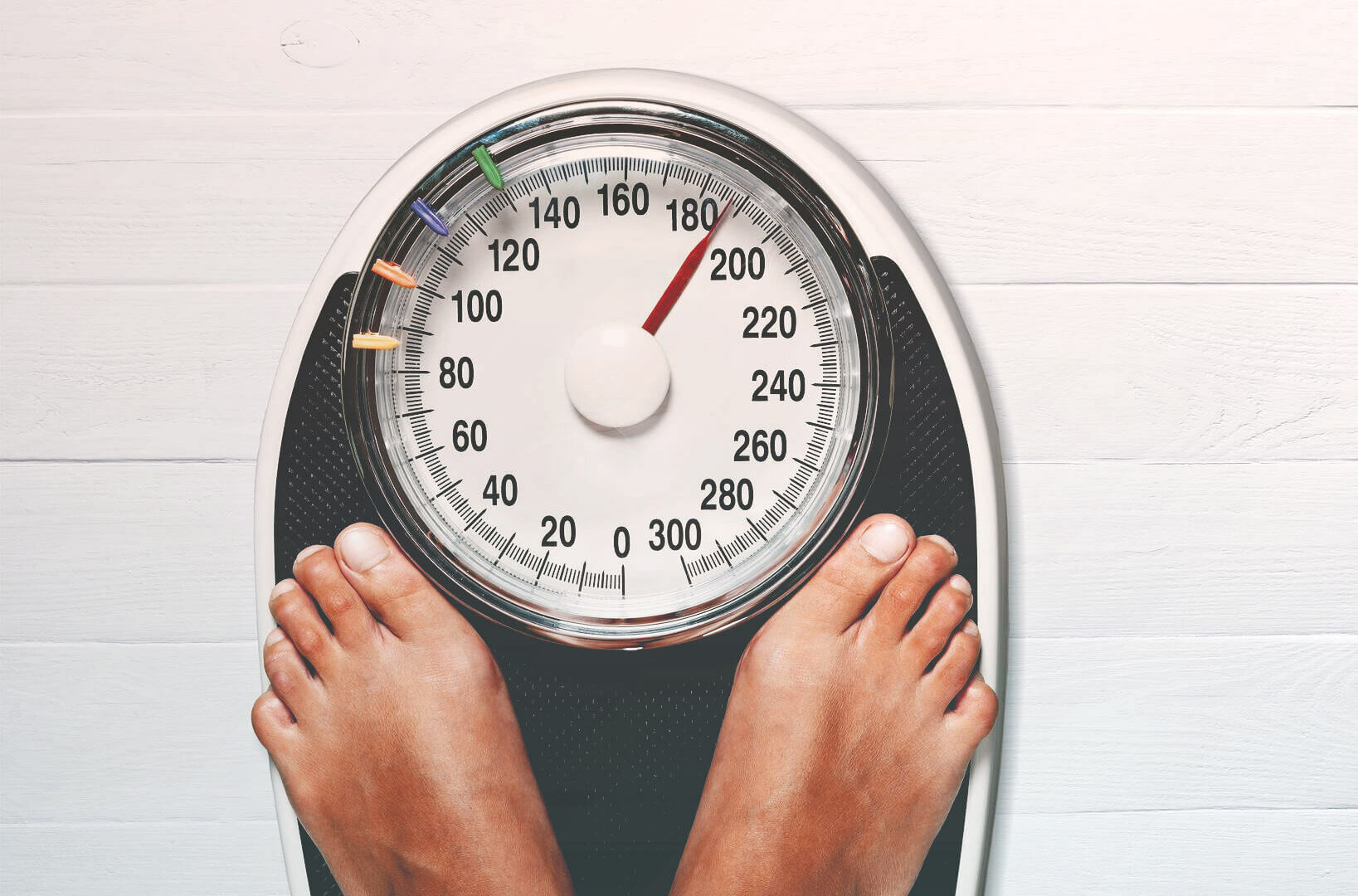This article is part one of a two-part series covering weight regain and everything you have ever needed to know about this topic. Part one discusses the biological drive to regain weight after a diet and the pressures we go through to eat beyond our means after a calorie restricted weight loss. This article is written in the context of a post competition preparation diet for physique competitors but can be applied to anyone who has been on a calorie restricted weight loss, such as a powerlifter making weight for a meet or a non-competitor who has dieted for an event or vacation. Regardless of which group you fall into, our biological responses remain the same. In this series, I hope to give you all the tools you need to understand what is going on inside of your body after a diet, why it is so difficult to keep off weight lost and practical tips to help your long term weight maintenance!
Your competition is over. You have dieted for 20 weeks, followed your meals to the tee, never missed a training session and brought your best to the stage with the ‘whatever it takes’ attitude.
The night after the show is traditionally filled with lots of food and celebration with your friends and family. You can’t get fat from one meal so let’s go all out! You then find out there’s a renowned breakfast buffet a block from your hotel. Hell yeah! That night you get home and your friends who haven’t seen you since the show want to meet up for dinner and drinks. How could you say no!
And then Monday morning rolls around. You’re bloated, unhappy with how you look and questioning if you’ve even dieted for a show. But it keeps getting worse – why are you so hungry? You decide to go back on your pre show diet in hopes of getting some of this ‘water weight’ from the weekend celebration off – just to find yourself overeating later in the day or week. And this vicious cycle continues.
If this has happened to you, do not for one second feel alone. I would say that 99% of competitors go through the above scenario at least once in their careers – some after every single show. We often forget that our bodies do not like being in calorie deficits for extended periods of time and especially does not like being ‘stage lean’. Our bodies are fighting us to regain the weight we have lost during the prep and without the goal of a show staring us in a face combined with a much depleted willpower from extensive dieting, it can feel like you’re fighting a losing battle.
Luckily, the more informed you are, the better decisions you can make! Being armed with information on the biology of weight regain and how our bodies respond post calorie restricted weight loss can make the transition from competition prep to offseason much easier.
Two primary physiological outcomes seen from calorie restricted weight loss are an elevated appetite and suppressed energy expenditure. The difference between these two is referred to as the energy gap in scientific literature [4]. Every person responds differently where some will see larger decreases in energy expenditure (aka metabolism) while others will see greater increases in appetite post diet. Regardless of which outcome more, the energy gap ‘imparts substantial pressure to eat in excess of the energy requirements’ [1].
Anyone who has dieted has experienced and elevated appetite and an increased desire to eat. This hyperphagic response (aka desire to over eat) is effected by two components of body mass – fat mass and fat free mass. It has been shown that even if fat mass is repleted, it is only until fat free mass is fully restored that this hyperphagia seems to disappear [2].
Suppressed energy expenditure is also something most of us who have dieted can relate to. As you get leaner, your desire to move and literally expend excess energy decreases. Our metabolisms also take a hit – when weight loss reduces metabolically active tissue, basal metabolic rate drops and often exceeds predicted values [5]. A suppressed metabolism can be predicted by the degree of body fat deletion [6]. This phenomenon promotes restoration of weight to baseline values – yet another thing working against you after you have dieted.
An elevated appetite and suppressed energy expenditure are both effected by how much fat mass is lost during a calorie restricted weight loss. The greater the losses in fat mass, the greater these outcomes will be affected. This is why when you achieve extreme, competition leanness, you are setting yourself up to be affected by these outcomes in a harsher way.
Knowing that the energy gap can create an insatiable hyperphagia and promote the restoration of pre-diet body weight, we now understand why it is so easy to pack on weight post show. The other major concepts to understand are fat cell hyperplasia and body fat overshooting.
The early stages of relapse, which can be defined as the time between the end of the diet and the start of the post diet, is when the most efficient weight regain is typically seen. This is partially due to the psychology behind the ‘end of the diet’ (discussed in part two of this series) but also in part of the aforementioned biological responses to dieting. What the literature also shows is that with greater weight loss, fat deposition is highly favored over fat free mass deposition during the relapse period [3].
Here’s a breakdown of what happens during fat cell hyperplasia and body fat overshooting. When you diet, you decrease adipocyte (fat cell) size, but not total number. During early relapse, smaller more sensitive adipocytes are formed and this eventually causes relapse to your pre-diet weight. Pre-diet weight is then surpassed due to fat cell hyperplasia. This fat cell hyperplasia permanently expands your total fat storing capacity and body fat set point [1].
We’ve all heard people say ‘I was leaner before I ever started dieting!’. What we know from the literature and what I have seen personally is that many cycles of restrictive dieting and bouts of overfeeding can change your total fat storing capacity. Armed with this knowledge of our human biology and the propensity to regain weight easily post diet, reassess your post competition plans, be smarter than your body and work just as hard on your diet/reverse diet after your show!
Continue to Weight Regain (Part 2)
References
- MacLean PS, Bergouignan A, Cornier M, Jackman MR. Biology’s response to dieting: the impetus for weight regain. Am J Physiol Regul Integr Comp Physiol 301: R581-R600, 2011.
- Dulloo AG, Jacquet J, Giardier L. Post starvation hyperphagia and body fat overshooting in humans: a role for feedback signals from lean and fat tissues. Am J Clin Nutr 65: 717-723, 1997.
- Dulloo AG, Jacquet J, Montani JP. How dieting makes some fatter: from a perspective of human body composition autoregulation. Proc Nutr Soc 71: 379-389, 2012.
- Jackman MR, Steig A, Higgins JA, Johnson GC, Fleming-Elder BK, Bessesen DH, MacLean PS. Weight regain after sustained weight reduction is accompanied by suppressed oxidation of dietary fat and adipocyte hyperplasia. Am J Physiol Regul Integr Comp Physiol 294: R1117-1129, 2008.
- Liebel RL, Hirsch J. Diminished energy requirements in reduced-obese patients. Metabolism 33:164-170, 1984.
- Dulloo AG, Jacquet J. Adaptive reduction in basal metabolic rate in response to food deprivation in humans: a role for feedback signals from fat stores. Am J Clin Nutr 68:599-606, 1998.

